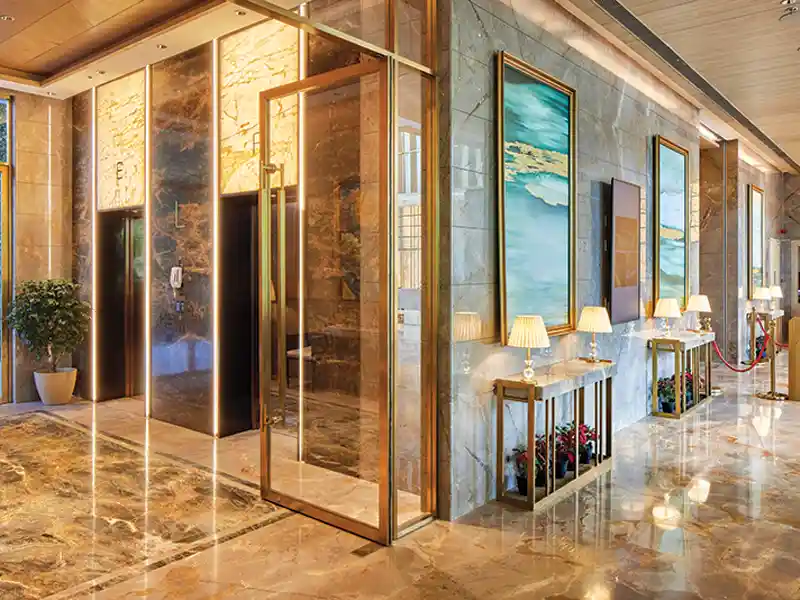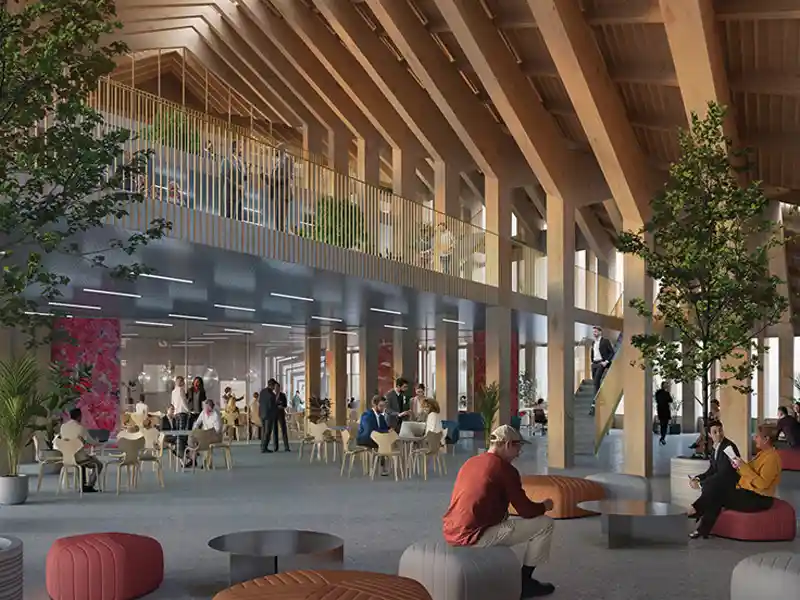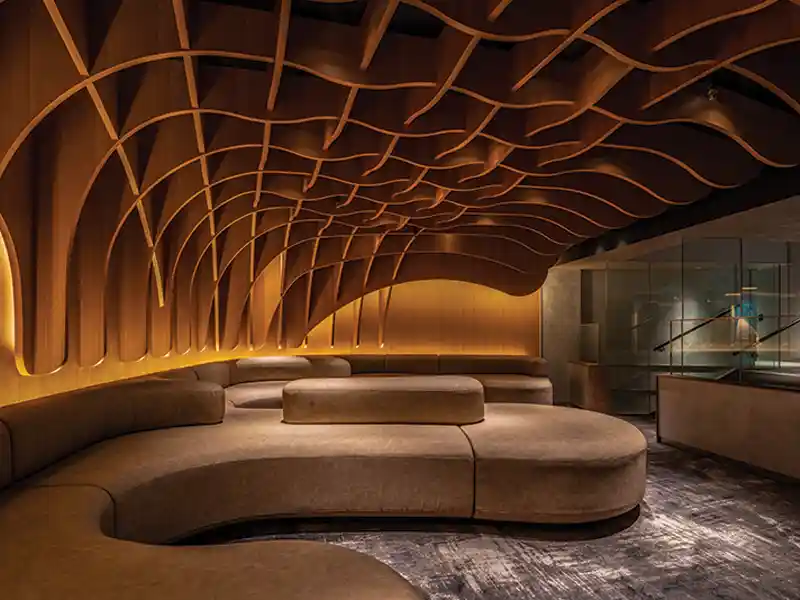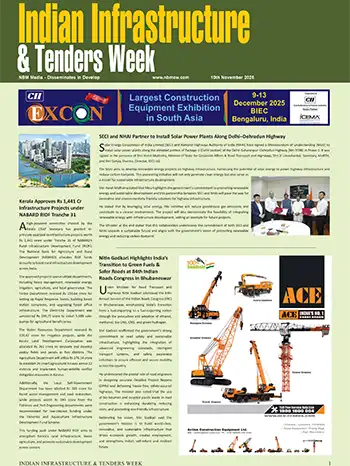
The architecture and design industry in India has seen an increase in the number of women professionals, but there is still a long way to go to achieve gender parity. When I joined Nivasa, it was challenging for me to take on a leadership role, and difficult to gain acceptance and trust from those at the factory level. I am not sure if it was because of my gender, age, newness to the company, or my introduction of new ideas, but there was significant resistance to change. However, by earning people’s trust and making small incremental changes, I was able to prove myself and make progress.
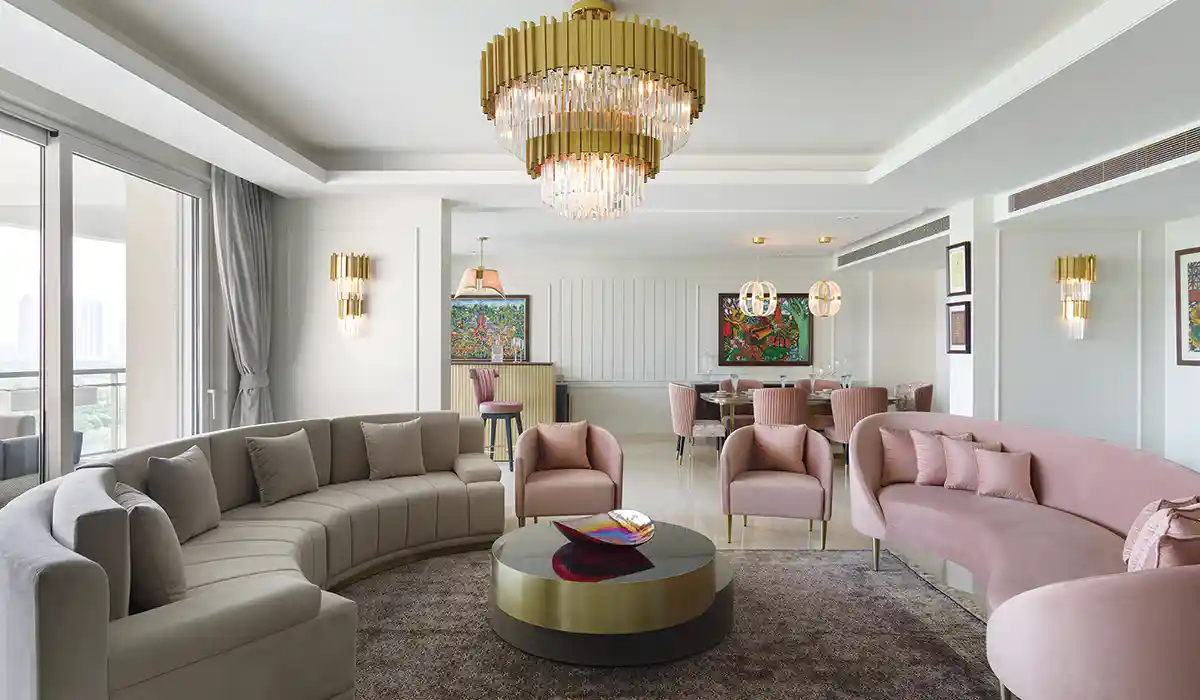
Being a woman entrepreneur requires hard work and dedication, but the natural empathy that many women possess can be an asset when leading a team. While there are challenges, it’s important to continue pushing for gender equality.
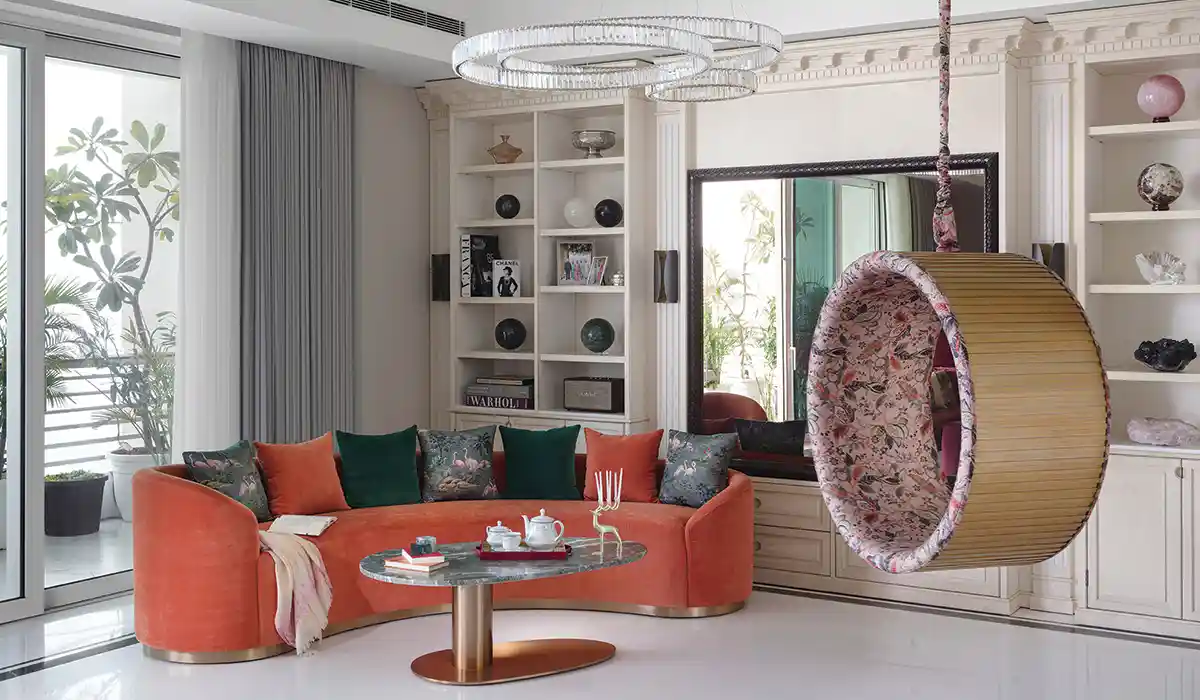
For women considering a career in architecture and design, it’s important to focus on education, skills, and professional approach. Lead by example and set high standards for yourself. If you expect others to work hard, work doubly harder. If you expect perfection, strive for perfection yourself. And if you expect punctuality, be on time yourself. Advancements in technology and automation have certainly made the field of architecture and design more accessible to everyone, including women.
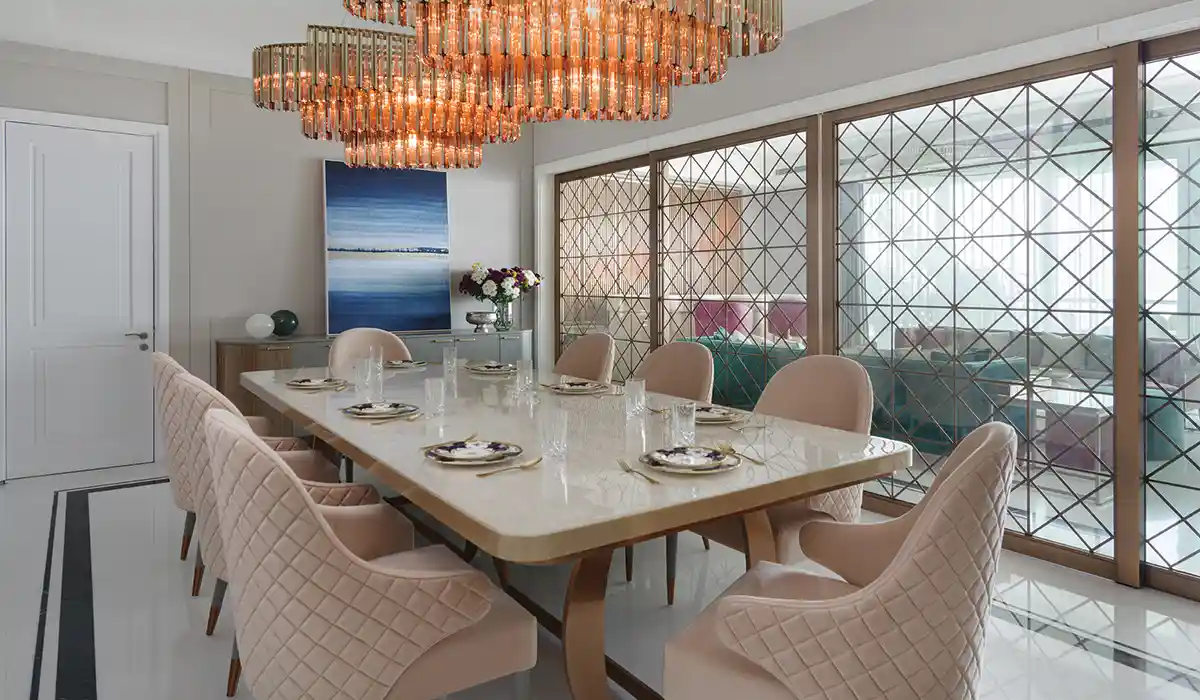
Inspired by Prime Minister Modi’s Independence Day speech, we, at Nivasa, have launched a program to encourage more women to join our factory. We have already recruited several women for part-time positions in our upholstery department and are committed to building on this success. We believe that incorporating more women into the workforce will contribute to the growth of a stronger and more vibrant India.

